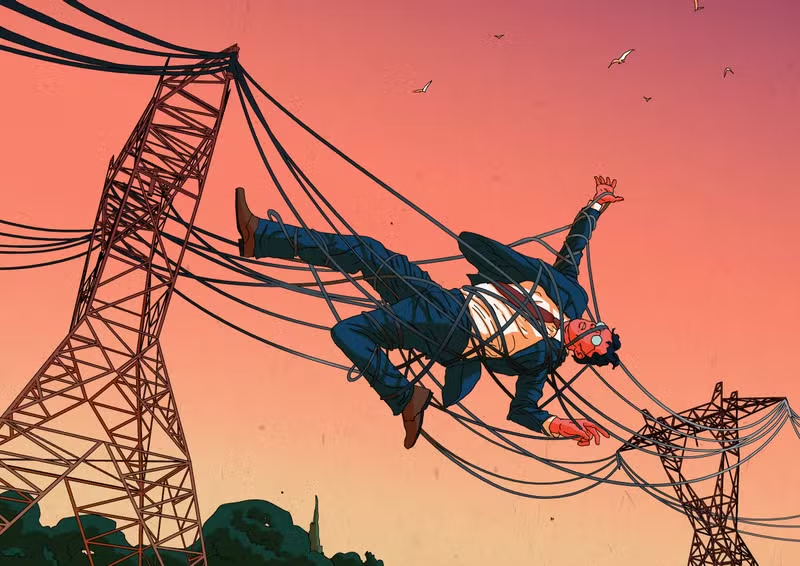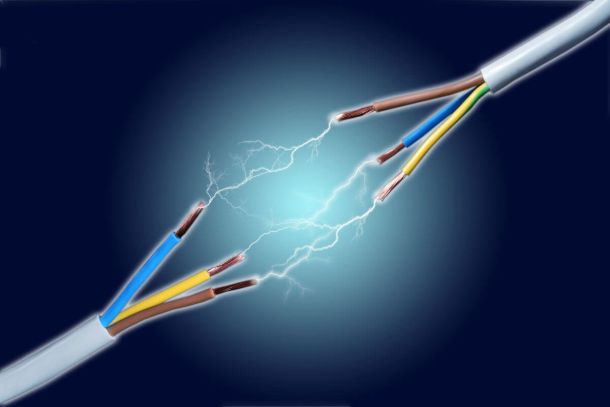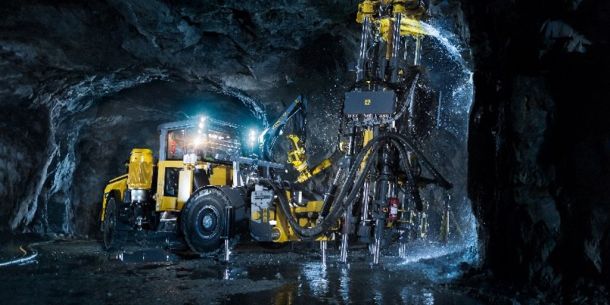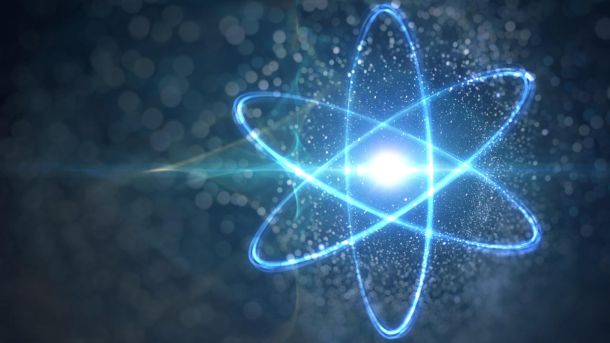INCONCRETO NEWS
Europe vs. USA: The Energy Costs for European Industry
For several years, European industry has been grappling with a significant rise in energy costs, severely impacting its competitiveness on the global stage. In contrast, the United States benefits from much lower energy prices, giving its industries a clear competitive edge. This article explores the disparities in energy costs between Europe and the U.S., examines the root causes behind these differences, and suggests simple ways to improve Europe’s energy competitiveness.
Energy prices in Europe are significantly higher than in the U.S. According to Fatih Birol, Executive Director of the International Energy Agency (IEA), published on December 10, 2024, in the French newspaper Le Figaro, “the price of natural gas in Europe is five times higher than in the United States, and electricity prices in Europe are three times higher than in China.” This situation is a major burden for European industries, particularly energy-intensive sectors such as steel, petrochemicals, and aluminium, which struggle to compete with their American and Chinese counterparts.
How can European manufacturers, particularly those for whom energy costs represent a significant share of their overall expenses, compete with other countries? “The European industry, or more precisely the manufacturing sector, is entering a decisive period that could have major consequences for the European economy, Europe’s weight in foreign affairs, and its security,” emphasized Dr. Birol.
When it comes to “clean technologies” (solar panels, wind power, batteries, electrolyzers), “Europe is significantly behind many other economic powers such as China, the United States, and, in some cases, even India and other countries,” explained the head of the OECD’s Energy Agency, also pointing out the EU’s difficulty in establishing a clear strategy, echoing the report by former Italian Prime Minister and former European Central Bank (ECB) President Mario Draghi on the decline in competitiveness of European industry.
According to the head of the IEA, Europe has made “three strategic mistakes” in the past: excessive dependence on Russian gas, neglect of nuclear energy, and abandoning the solar industry, which ultimately benefited China. “Today, China produces 80% of solar panels, whereas 20 years ago, France was the leader,” thanks to a subsidy policy.

As reported by the French newspaper Le Monde, on December 17, almost three years after the start of the war in Ukraine, the aftershocks of the gas crisis continue to ripple across Europe. Of course, the great fear of a blackout in 2022, when Russian President Vladimir Putin unilaterally cut off most of the gas supply, has faded. Today, reserves are well-stocked, and the risk of shortages is low. However, the initial panic has been replaced by a much deeper issue: the long-term erosion of Europe’s competitiveness.
Causes of Energy Price Gaps
Several factors explain the differences in energy costs between Europe and the United States:
Dependence on Energy Imports
- The U.S. has significantly increased its domestic production of gas and oil through shale extraction, reducing its reliance on imports and keeping prices low.
- Europe, on the other hand, remains heavily dependent on imports, particularly Russian gas, making it vulnerable to global price fluctuations.
Divergent Energy Policies
- U.S. policies have prioritised the exploitation of local energy resources, ensuring stable and affordable prices.
- In contrast, Europe has focused on energy transition and CO₂ reduction. While beneficial in the long run, this shift has driven up short-term energy costs for European industries.
- Lack of coordination between different European countries regarding the energy mix (nuclear, fossil, renewable), particularly nuclear energy.
Taxes and Regulations
- Taxes on electricity in the EU, as a percentage of the final bill, are three to three-and-a-half times higher for both industrial and residential consumers compared to natural gas.
- High taxation increases overall energy costs, making European industries less competitive.
Impact on European Industrial Competitiveness
Soaring energy costs in Europe have multiple consequences:
⚠️ Offshoring & Relocation:
- Many European companies relocate production to regions with cheaper energy, such as the U.S. or Asia, leading to job losses and a decline in industrial expertise in Europe.
⚠️ Shrinking Profit Margins:
- Companies that remain in Europe struggle with tight margins due to high energy costs, limiting their ability to invest and innovate.
⚠️ Loss of Market Share:
- European businesses find it increasingly difficult to maintain their market positions against competitors enjoying lower operational costs.
How Can Europe Close the Energy Competitiveness Gap?
The energy cost gap between Europe and the United States presents a major challenge for European industrial competitiveness. To address it, Europe must take decisive action to diversify energy sources, reduce electricity taxation, invest in clean technologies, and improve energy efficiency. These steps will not only help lower costs but also reinforce Europe’s position in the global energy transition.
According to the French newspaper Libre Eco, published on February 26, 2025, the European Commission met to discuss strategies to ensure that European businesses have access to energy at an affordable price. “Europe’s dependence on imported fossil fuels is the main cause of this increase and the heightened price volatility. We need to bring prices down,” emphasized the President of the Commission, Ursula von der Leyen.
To reduce its disadvantage compared to the U.S., Europe could take several strategic actions:
✅ Diversify Energy Sources:
- Investing in domestic renewable energy and nuclear power can help stabilise prices and reduce reliance on imports.
✅ Lower Electricity Taxes:
- Reducing taxation on electricity would ease the burden on industries and encourage electrification as part of the energy transition.
✅ Enhance Energy Efficiency:
- Encouraging industries to implement energy-efficient technologies and practices can help cut consumption and costs.
✅ Strengthen European Coordination:
- Improved policy coordination across EU member states could lead to more consistent and effective strategies for lowering energy costs.
How INCONCRETO Consulting Can Help
In the face of rising energy challenges, INCONCRETO Consulting can play a crucial role in helping companies optimise energy consumption, cut costs, and enhance their competitiveness. Here’s how:
🔹 Energy Cost Reduction Strategies
- Identifying and implementing energy efficiency measures (better insulation, smart equipment management, heat recovery, etc.).
- Deploying low-carbon technologies such as solar, wind, and storage systems to reduce exposure to volatile energy prices.
🔹 Guidance on Energy Transition
- Developing decarbonisation strategies to adapt industrial processes while remaining competitive.
- Optimising industrial operations through cutting-edge technologies for greater efficiency and sustainability.
👉 With a tailored strategic and operational approach, INCONCRETO Consulting helps European companies turn energy constraints into a competitive advantage. 🚀
For further reading, you may consult these sources
Newsletter
© INCONCRETO. All rights reserved. Powered by AYM











































